In 1774, one year before he was assigned to lead the Continental Army, George Washington approved the construction of a private wing to his mansion at Mount Vernon.
The addition included a spacious bedchamber for George and Martha Washington on the second floor and a personal study below. The study served as the center of Washington’s personal and professional operations during his years at Mount Vernon, before and after the presidency.
This is the study restored to its original condition:
After Washington returned from the War in 1783,
…the study became his retreat from ever-present family and visitors; a place where he could quietly and privately tend to business. Reportedly, no one was allowed in this room without his invitation.
From this simple room Washington managed an extraordinary breadth of affairs: official government business, a huge volume of personal and professional correspondence, estate and financial arrangements, and interests ranging from geographic surveys to military and political developments. To manage these affairs Washington accomplished innumerable tasks by hand: he drafted correspondence, posted accounts, and kept records at his writing table; he filing papers in a secretary desk; and he referenced bound volumes in floor-to-ceiling cabinets:
In other words, with only a desk and cabinets to hold information…and no machine to help him process information…Washington was more organized, more productive, and more efficient than the vast majority of people alive today. Granted, he didn’t process billions of tasks per second, or design an autonomous vehicle, or map the human genome…but his raw intellectual output and the products he created were compelling, persuasive, and original.
My guess is that the source of Washington’s productivity, besides sheer hard work, was that he used his study not as a workplace, but as a system. After all, a physical study is just a collection of tools to process and organize information. Indeed a study – and especially a well-organized study, with a desk, cabinets, and bookshelves – is perhaps the most functional information-processing system ever devised. The output of that system is a product…and not just any product, an original one, the creation of something new.
Washington used his study to organize information, of course, but also to organize his thoughts, and to reflect them back to himself in written form. In a previous post I observed that the writing process is part of an even more important thinking process – an unremitting cycle of studying, thinking, and writing that helps clarify and order ideas. But this thinking process too is part of a larger creative process – the use of ideas to make something new. (As a side note, the thinking process and creative process are often conflated; this has the effect of diminishing the act of creation…for a creative person is not just a source of good ideas, but also someone who actually makes things.)
Since Washington’s time, of course, technology has advanced to the point where a single computer can now replace most of the functions of a study. In fact, many of the most important problems in our society cannot be solved without significant help from machines, which can multiply our ability to use and share data. Our drive to delegate progressively more complex processing tasks to machines has freed us from clerical tasks and created the potential for people to be far more efficient…and to solve harder and more complex problems.
But even as our ability to process information has grown to an industrial scale, we seem to be losing the ability to organize information in a way that helps us manage our lives. Does our filing system help us clarify and order ideas? Does it help us produce the right kinds of files in the first place…or accumulate intellectual confidence over time? Perhaps we’re at risk of abandoning the principles that made Washington’s system so productive and efficient.
A few years ago I started asking these kinds of questions, and I started thinking about the kinds of documents you might find in a physical study. The beauty of a study is that each part has a specific purpose: the desk is good for keeping things handy and putting them in plain view…for placing documents you might need to update or reference often; a cabinet is great for filing projects, whether or not you’re done with them; and shelves are the perfect spot for books and primary sources, that sort of thing…
And then I started thinking about my computer. Could I get it to serve as the “center of my personal and professional operations,” in the same way Washington used his study? Is that even relevant these days? And what, if anything, could I learn from the design of a physical study that would help me be more productive in the Digital Age?
My goal was to design a ‘study’ (on my computer) that would prompt and sustain the creative process. Over the past year or so I’ve played with a number of ideas, and I’ve learned that to be successful I have to be systematic about the way I process and organize information. I’m still experimenting, and even after shifting to a new system I can be a lot more productive and efficient than I am now. A few parts of my system are aspirational – I haven’t adopted them as a strong, daily habit – but the principles are still valid.
Here’s what I’ve come up with:
First, on my computer desktop, I have two folders, Personal Study and Professional:
In the Personal Study folder, I have three folders, which I’ll describe one-at-a-time. In the first folder, labeled ‘Desk,’ I have separate folders for documents that I will continue to update throughout the rest of my life. I call these documents ‘Living Documents.’
For example, I have a folder with Excel spreadsheets (dated and encrypted) listing my account information (banking, insurance, club memberships, etc.); a folder for my address book (again, dated by convention, and also in Excel, though it would be easy enough to use an address book app); a folder for my short professional biography, which will change over time; a folder for my monthly budget; a folder for estate documents, and so on.
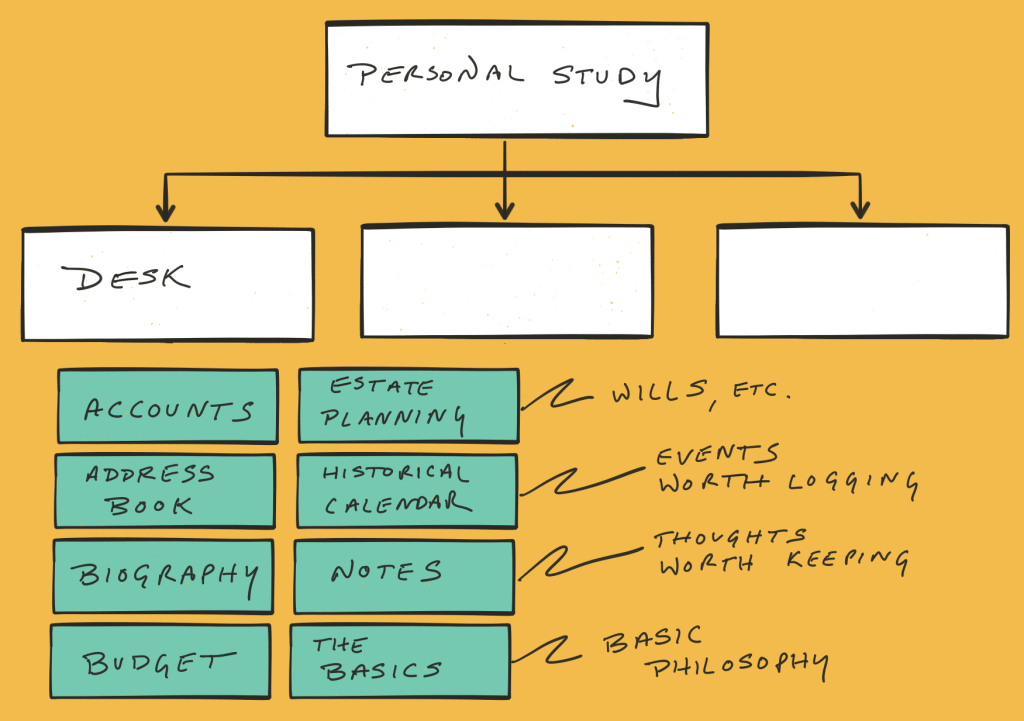
I should explain three of these sub-folders, in particular:
Historical calendar (events worth logging): For example, a great date night with a few details; a milestone of some kind (i.e. a child’s first steps); or even a misfortune. There are many ways to save this kind of information (you could use Google Calendar, for example), but a simple spreadsheet works too.
Notes (thoughts worth keeping): I’ve played with a bunch of different formats for this, but I’ve found a spreadsheet works best. Any time you encounter a profound thought, record it along with the theme, thinker, and source. I used the one below in a previous post, but over time the list could grow to thousands of these kinds of thoughts:
| Thought | Theme | Thinker | Source |
|---|---|---|---|
| Avoid trivia. | Focus | George Marshall | Advice to Secretary of State Dean Acheson 1947 |
The Basics (personal philosophy or observations): From a previous post:
For the past several years I’ve kept a file on my computer called “The Basics.” I use it to capture thoughts about life and how I should relate to it. It took a long time to develop, but eventually the ideas resolved into groups: reality, attitude, curiosity, forethought, goals, initiative, and rhythm, among others. The order is deliberate: first, the nature of life, then how you approach it, learn from it, plan for the future, get started, and so on. Here’s “The Basics” as of today. I’m sure these bullets will evolve as I learn more about life.
The second folder under my Personal Study is my File Cabinet. This is for working and completed projects.
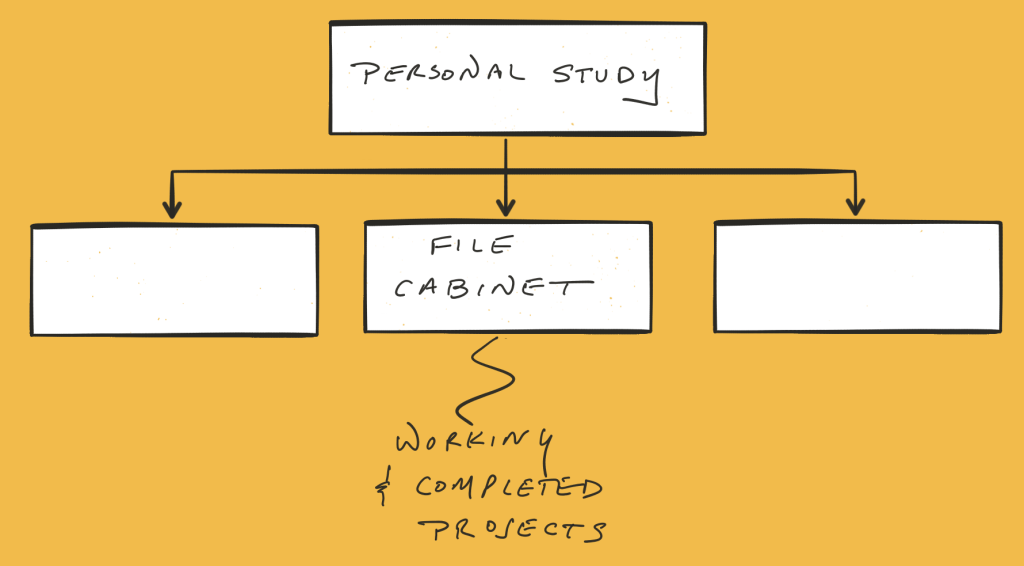
These projects could be tax return information, filed by year; notes and speeches; wedding planning documents; personal research; etc.
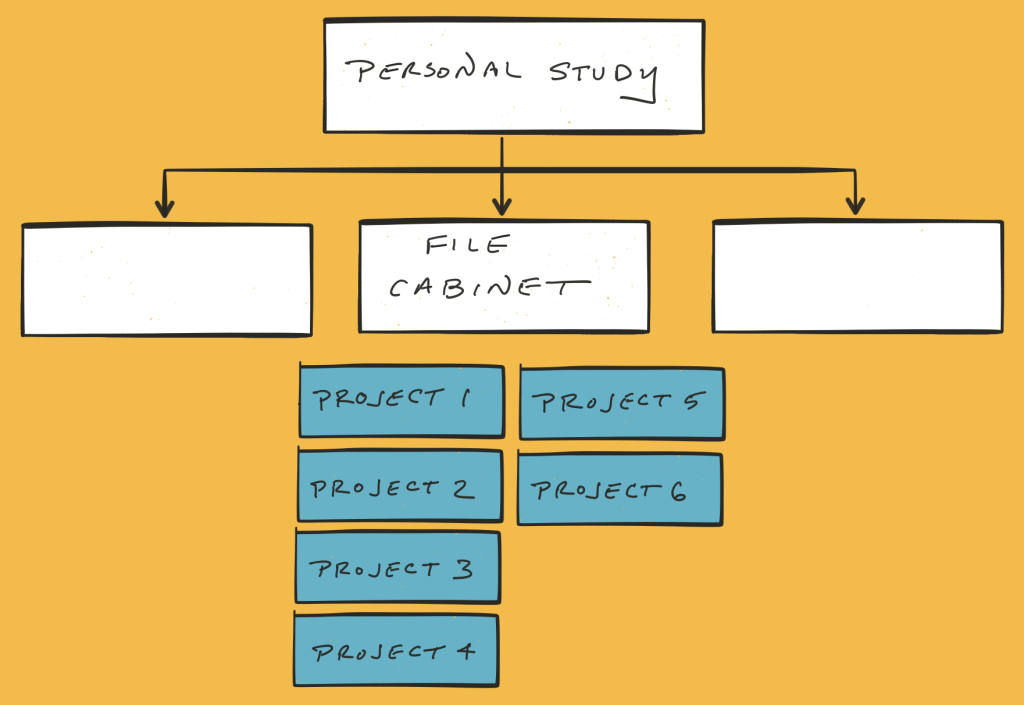
The third and last folder under my Personal Study is Library Shelves. This is for sources worth keeping.
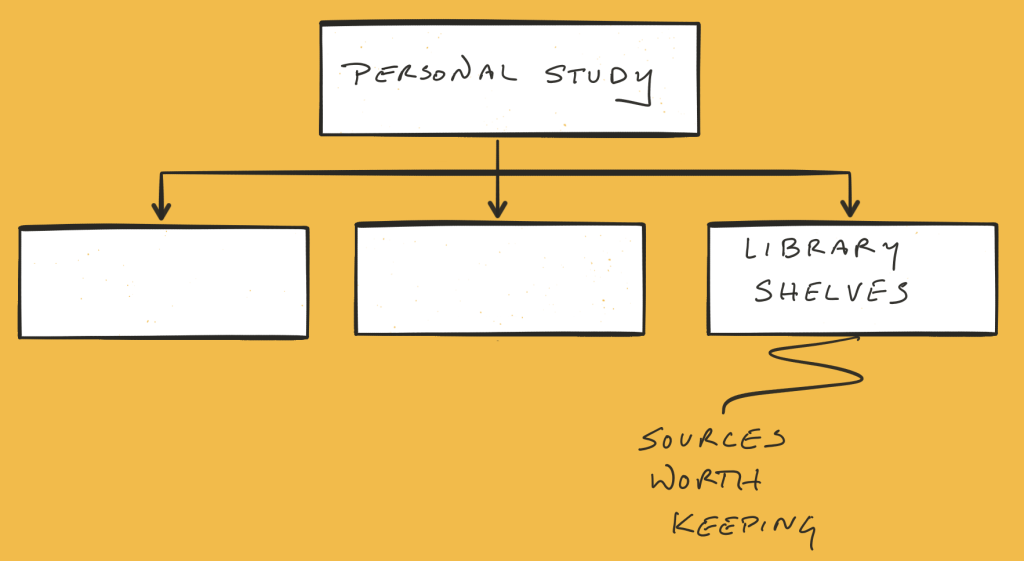
The key here is standardizing the format of sources, where possible. Every so often I come across something that I consider essential reading, or that I might like to reference in the future. It’s easy enough to look up information on the Internet, but having my own copy has made it easier and less stressful for me on several occasions. Here are a few examples:
In a physical study, as I wrote above, each part has a purpose…and the same should apply to our computers. We want to keep things handy and put them in plain view, but we also want to suggest, in the file structure itself, the kinds of things that should be handy. Instead of letting our computer process information, we should use it like Washington used his study, as a system to create something new in the world!
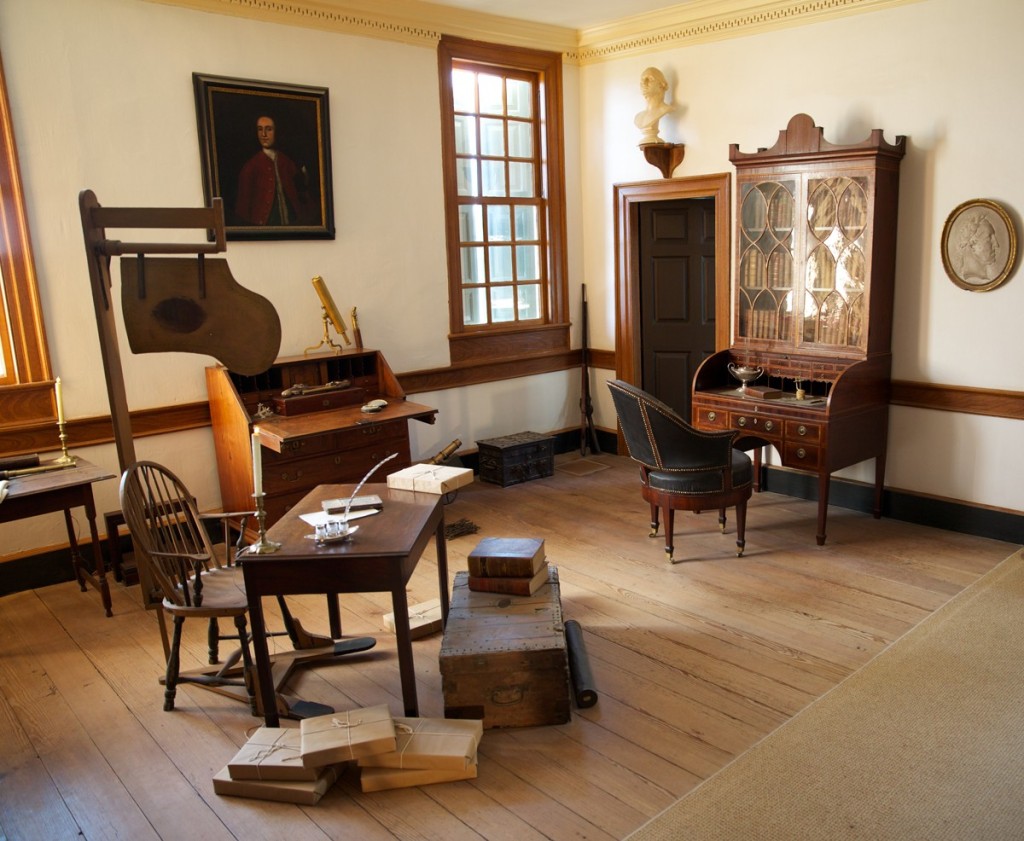
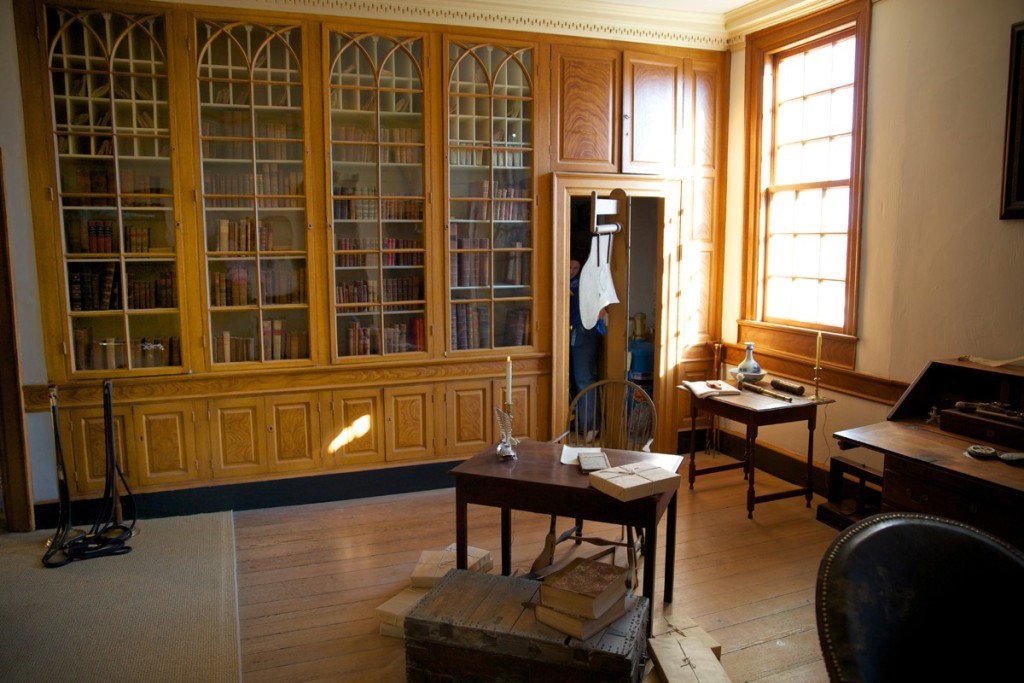
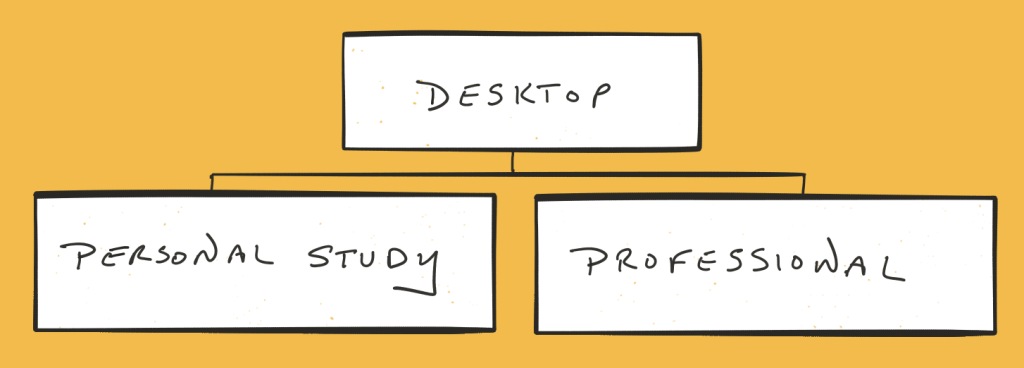
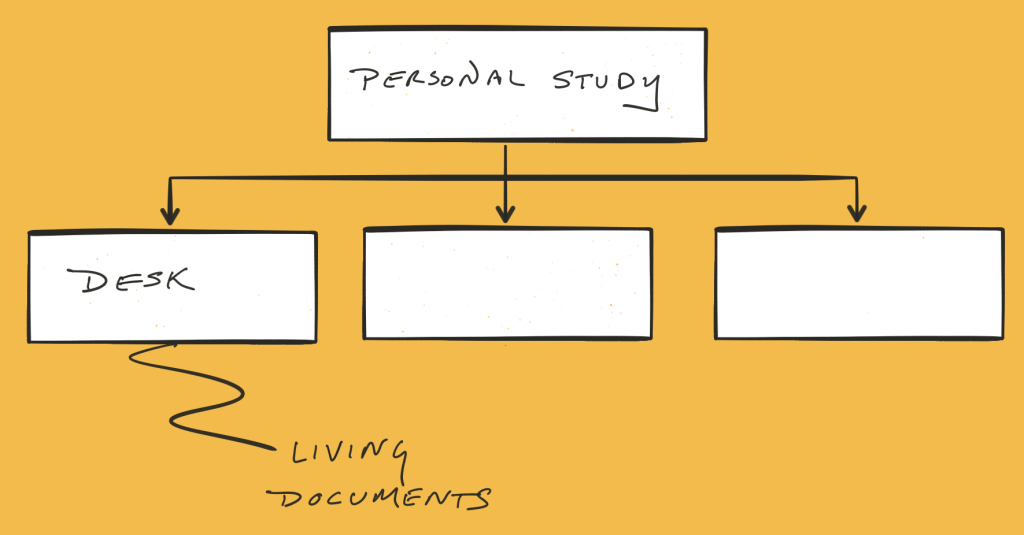
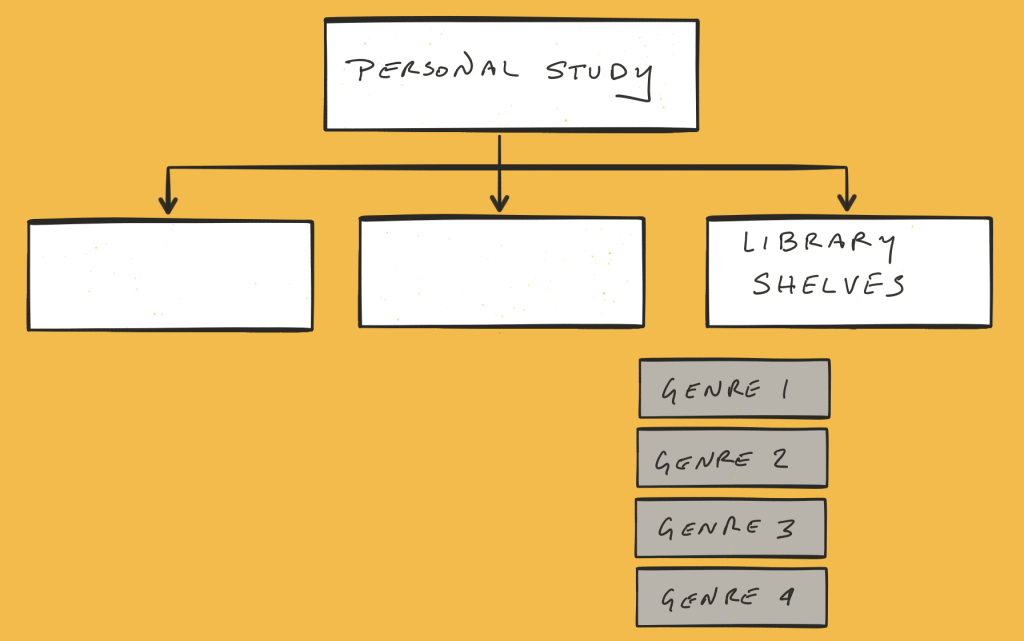
I love that you reference Dieter Rams. This a a very thorough exposition of your interesting thought process.
Holy cow! You are the deepest thinker I’ve ever seen. I thought I was organized, but you have made it a study. Very in depth and you will now be able to write your first book and eventually your memoir with just a few clicks to different folders. I LOVE THIS! Keep writing my son. ??